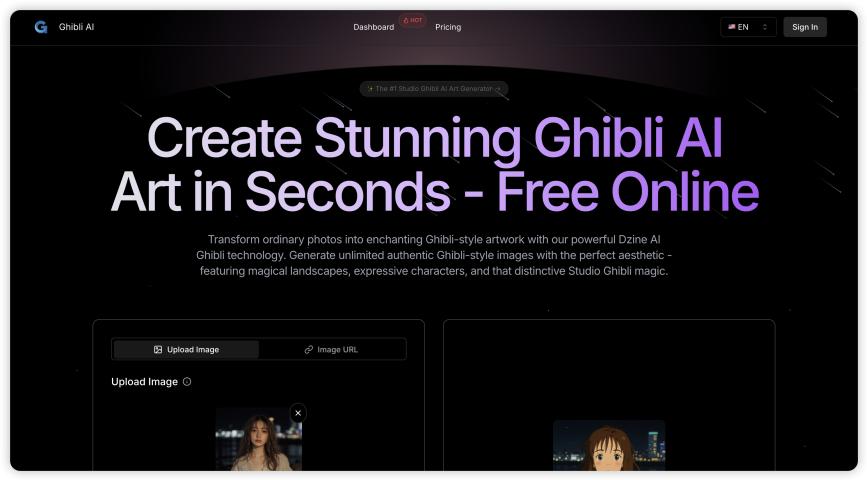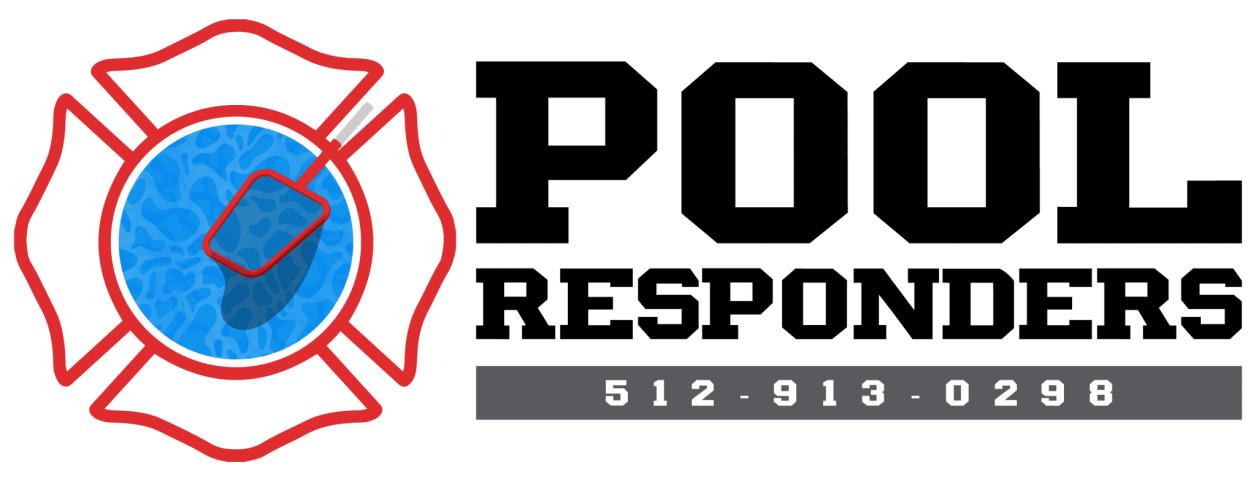The healthcare industry is undergoing a significant transformation driven by technological advancements, and Salesforce Health Cloud is at the forefront of this change. Designed to cater to the unique needs of healthcare providers, Salesforce Health Cloud offers a comprehensive solution that enhances patient care, streamlines workflows, and improves operational efficiency. In this ultimate guide, we'll explore the key features, benefits, and implementation strategies of Salesforce Health Cloud, providing you with a complete understanding of how it can revolutionize your healthcare delivery.
What is Salesforce Health Cloud?
Salesforce Health Cloud is a patient relationship management solution that leverages the power of the Salesforce platform to provide a 360-degree view of the patient. It combines clinical data from electronic health records (EHRs) with patient-generated data to create a comprehensive profile that healthcare providers can use to deliver personalized care. The platform is designed to help healthcare organizations manage patient relationships more effectively, improve care coordination, and enhance patient engagement.
Key Features of Salesforce Health Cloud
Patient 360
Salesforce Health Cloud provides a holistic view of the patient by integrating data from various sources, including EHRs, medical devices, and patient self-reports. This unified view enables healthcare providers to access critical patient information, such as medical history, treatment plans, and care team interactions, all in one place. With Patient 360, clinicians can make more informed decisions, leading to better patient outcomes.Care Plan Setup
The Care Plan Setup feature in Salesforce Health Cloud allows healthcare providers to create and manage personalized care plans for their patients. These plans can include treatment goals, medication schedules, and follow-up appointments, ensuring that patients receive coordinated and consistent care. Care plans can be easily updated and shared with the care team, enhancing collaboration and communication.- Timeline View Setup
The Timeline View Setup feature provides a chronological view of a patient's medical history, including past appointments, treatments, and interactions with the care team. This feature helps healthcare providers track the patient's progress over time and identify trends or patterns that may impact their health. The Timeline View Setup ensures that all relevant information is easily accessible, improving care continuity and patient management.














